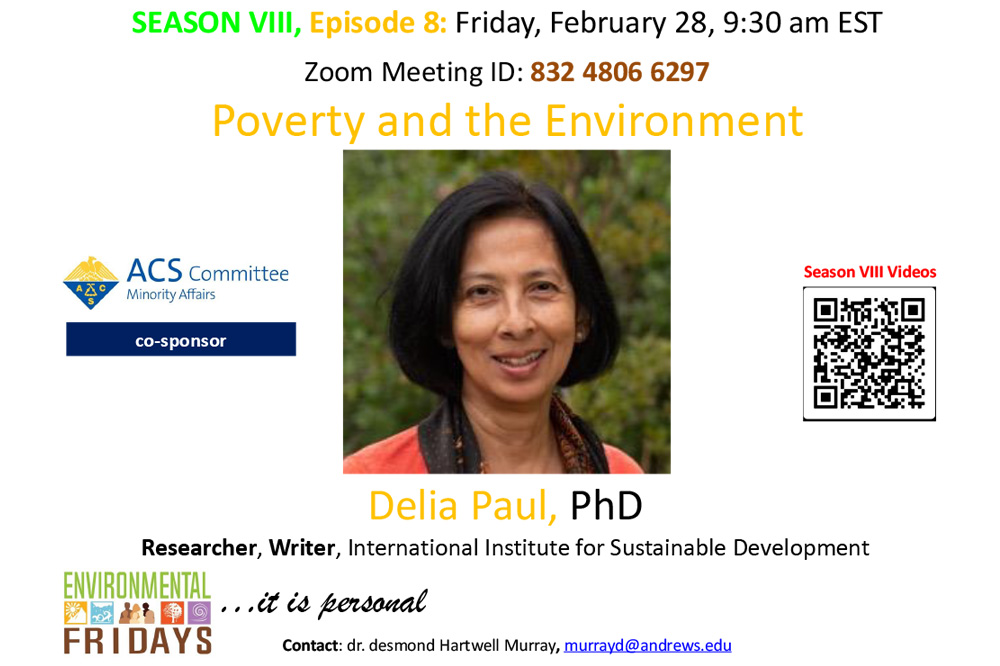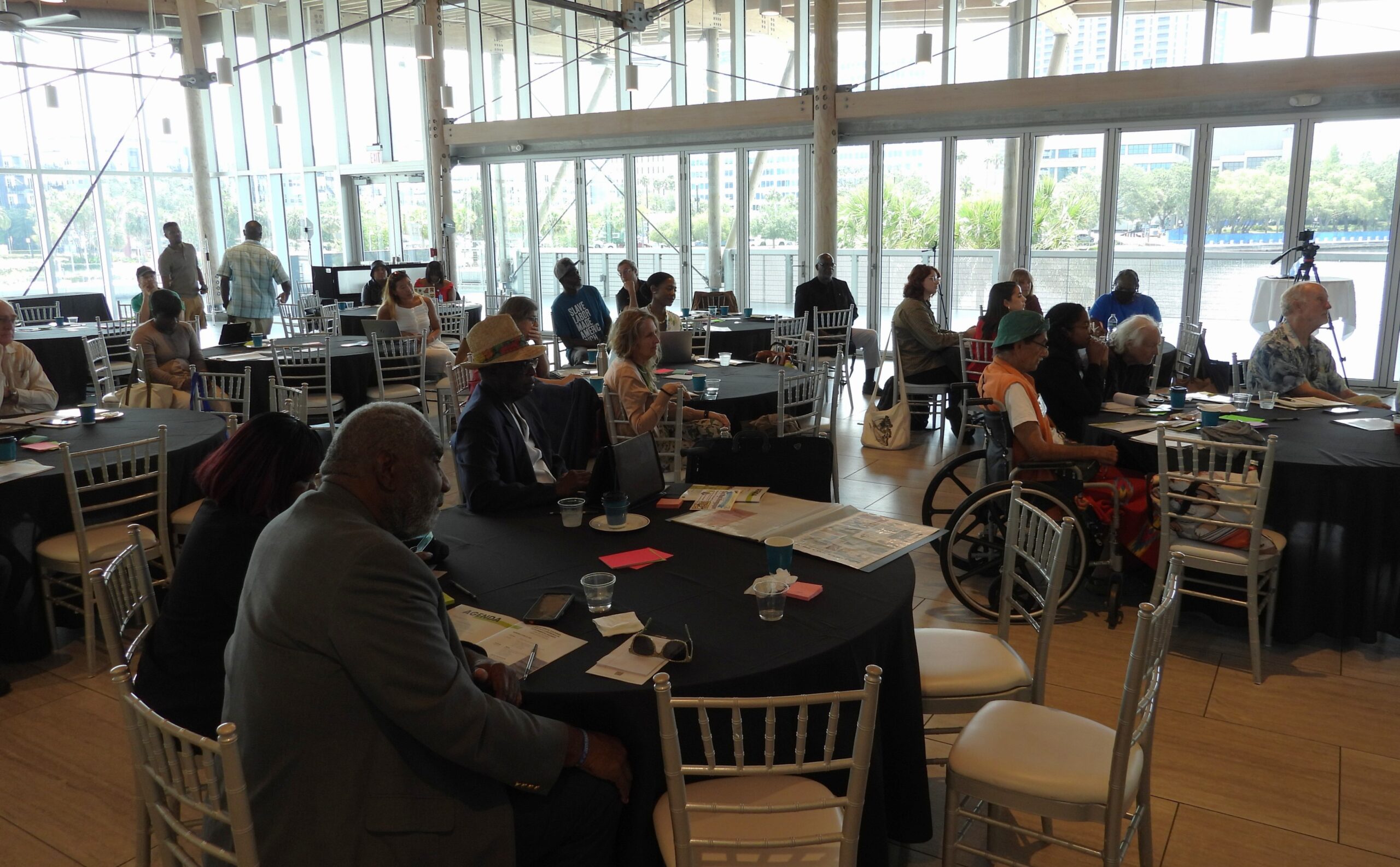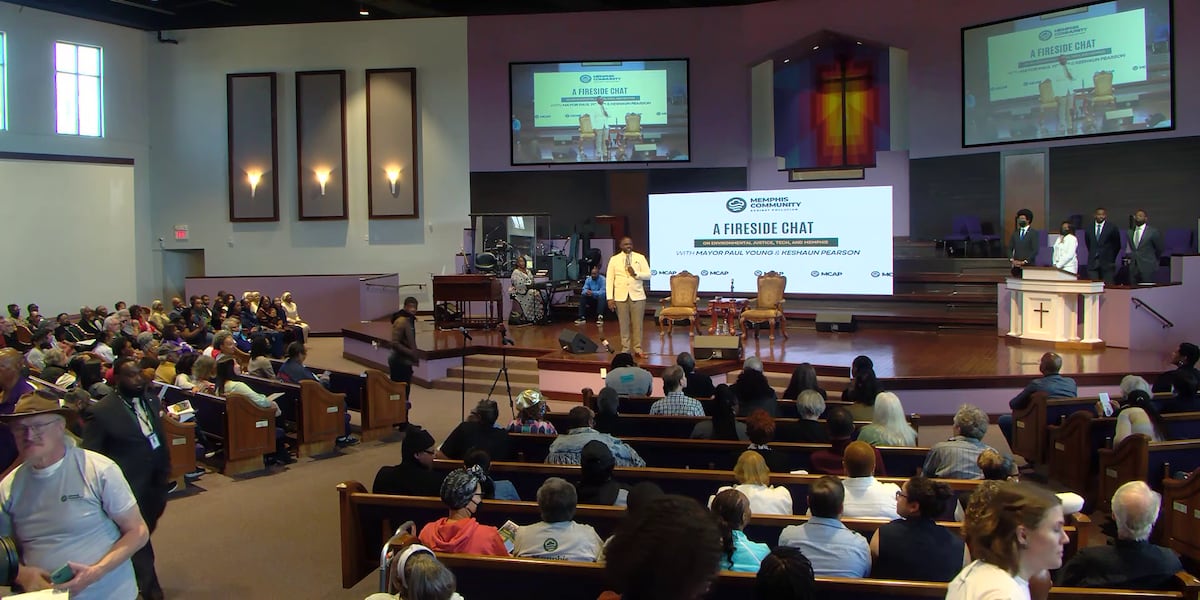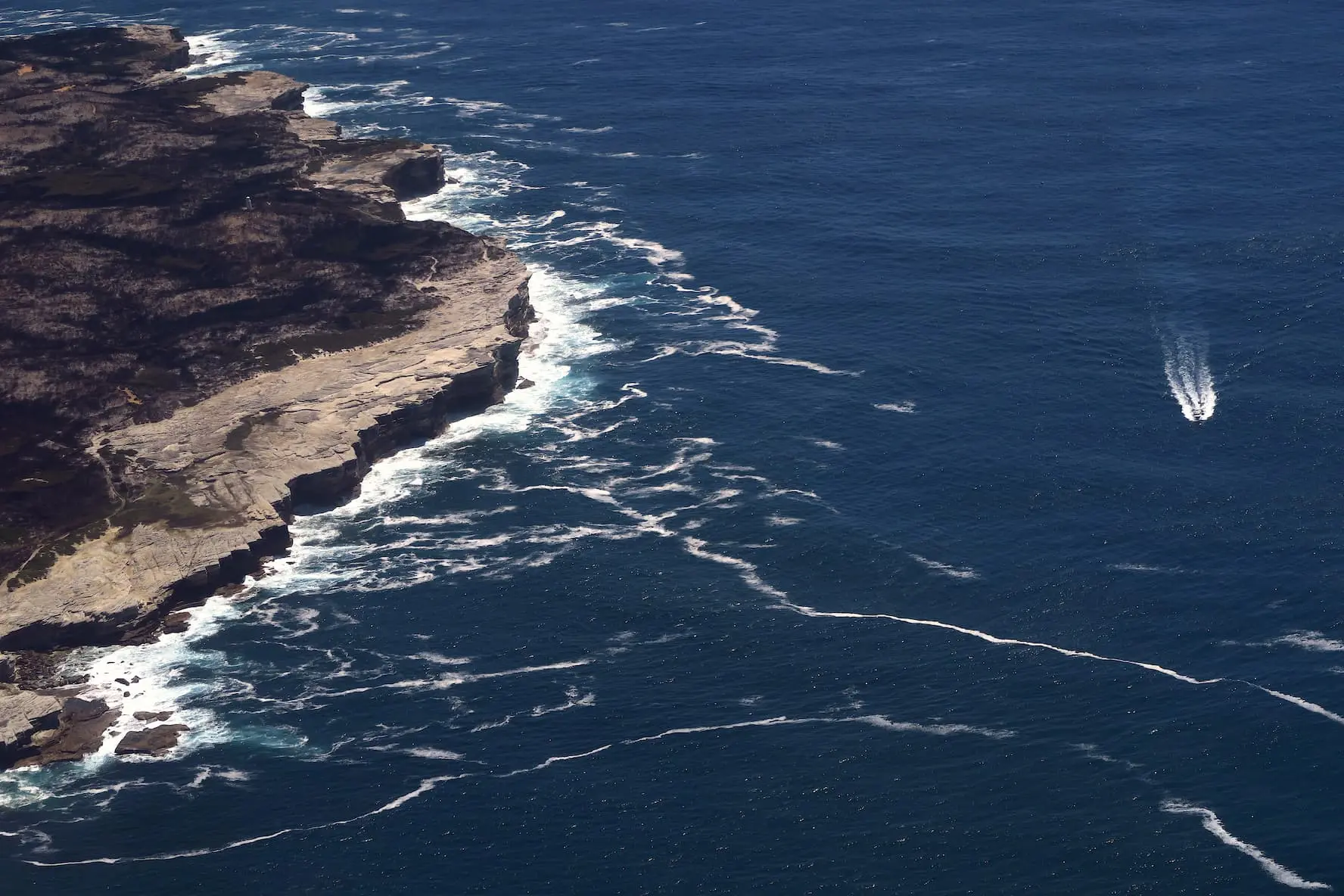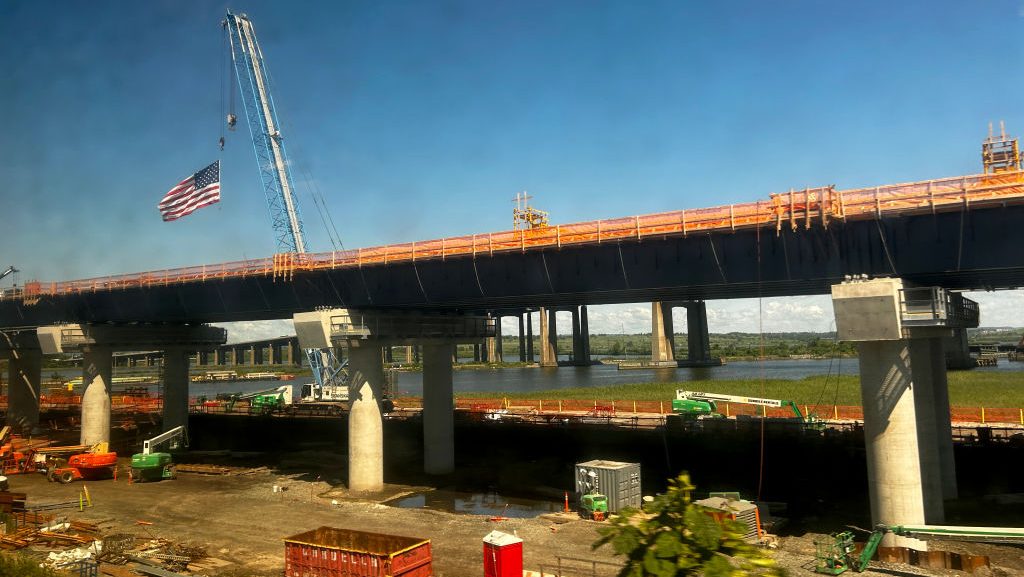When Resources Get Tight: How Humanity Dodges the Conflict Bullet

In an era of unprecedented environmental challenges, climate change has emerged as a potential catalyst for global conflict. As natural resources grow increasingly scarce and unpredictable, the delicate balance of human societies faces mounting pressure from environmental transformations.
The intricate relationship between climate change and social tensions reveals a complex narrative of survival and adaptation. Shifting weather patterns, prolonged droughts, and extreme environmental events are no longer abstract concepts, but tangible threats that can destabilize communities and ignite potential conflicts.
Researchers and policymakers are increasingly recognizing that environmental stress can act as a powerful multiplier of existing social and political tensions. When resources become limited and ecosystems are disrupted, communities may find themselves locked in desperate struggles for survival, pushing the boundaries of social cohesion and peaceful coexistence.
Understanding this dynamic requires a nuanced approach that goes beyond simplistic cause-and-effect models. Climate change doesn't directly create conflict, but it can exacerbate underlying social, economic, and political vulnerabilities, creating conditions where tensions are more likely to escalate.
As we move forward, proactive strategies that address both environmental sustainability and social resilience will be crucial in mitigating potential conflicts and creating more stable, adaptive societies in the face of global environmental challenges.


